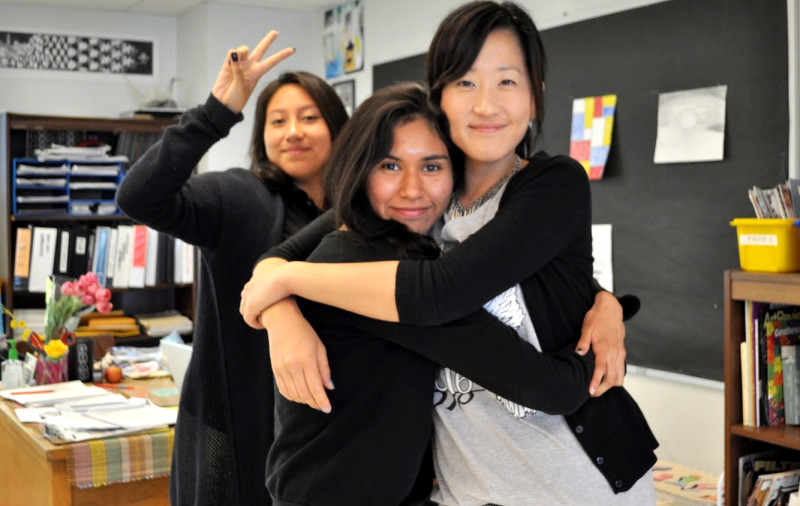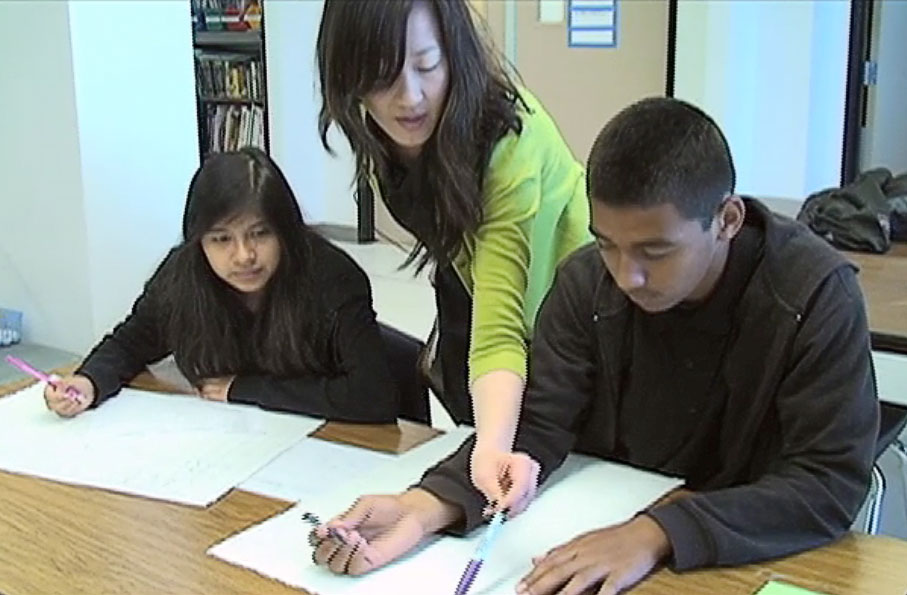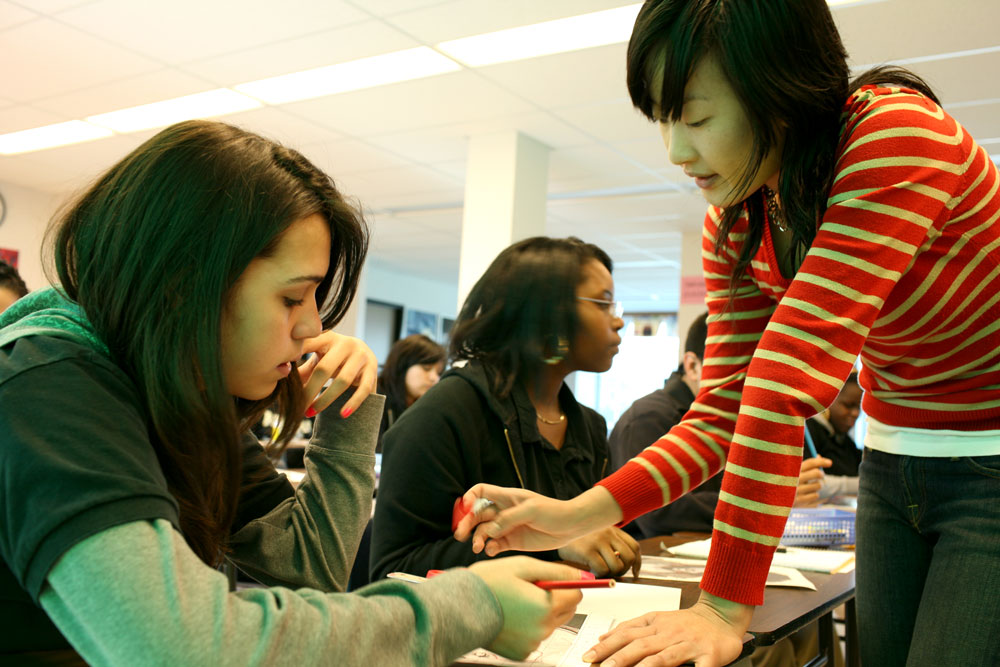The Educator Framework that Unleashed My Teacher Jedi

By Rosa Joo, Teacher Effectiveness Support Specialist
Teaching is hard. During my first year teaching, I pulled all-nighters on a regular basis to grade papers and prepare lessons, and consequently gained 15 pounds from routine 3am trips to the 24-hour Jack-in-the-Box drive-thru. I disappeared from social circles and developed obsessive compulsive teacher habits like collecting old magazines and the cardboard centers of toilet paper rolls for art projects- it’s for the kids! At the ripe old age of 26, teaching became my life, but I often wondered whether I was in the right profession and how long I would last – teaching is so very hard and our students need and deserve so very much from their teachers.
The National Commission on Teaching estimates that one-third of all new teachers leave the profession after three years, and 46 percent are gone within five years. I told myself I would tough it out for five years, because our students deserve teachers who are invested. I am grateful to have been supported by a series of great school leaders at Ánimo Inglewood Charter High School during the formative years of my teaching career, because as it turns out, I am still working with Green Dot Public Schools more than ten years later.
Meeting the Standard

During my first six years in the classroom, each semi-annual formal evaluation delivered a series of ‘X’ marks next to the words “Practice Exemplifies Standard” for each of the six California Standards for the Teaching Profession (CSTP). The little ‘X’ marks neatly lined up on each of my evaluations were so gratifying – stamps of validation for all of my hard work. My first principal told me that if she had children, she would want them to be in my class. One assistant principal told me that my teaching was at the ‘Jedi level’.
I was starting to think I had the whole teaching thing pretty well figured out. By year six my teaching practice had plateaued, but so what?
All my “X” marks came back in the right place every year. Maybe it was time for me to move on, challenge myself, and try something new. I had served as department chair for four years and as new teacher mentor for three years by this point, and wondered whether I had exhausted my potential as a teacher and instructional leader. Enter College-Ready Teaching Framework (CRTF), a robust framework that holds teachers accountable to 29 indicators of effective teaching practices.
Establishing Accountability in the Educator Framework
In 2010 my principal offered me an opportunity to examine my teaching practice through a fresh lens. I signed on to participate alongside teachers and administrators from four Green Dot schools in the first pilot of The College-Ready Promise initiative, “a coalition of four Charter Management Organizations (CMOs) who have committed to create and implement innovative teacher and administrator effectiveness reforms that lead to students graduating college-ready.”
At its heart was the College Ready Teaching Framework, which redefined the standard for excellent teaching across the organization.
The first semester of the pilot was truly a humbling experience. It turns out all of those neat ‘X’ marks for “Exemplifies Standard” under the CSTPs had failed to capture the many gaps in my teaching practice. I remember realizing for the first time that I was really horrible at questioning. I would pose a question to the class. The students who knew the answers would politely raise their hands. I would call on them. They would answer. Lather. Rinse. Repeat.
Level 3 practice (Meets Standard) for this indicator of the CRTF states, “The teacher poses questions to a wide range of students that are scaffolded toward cognitive challenge and mastery of the learning objective(s) AND the teacher uses strategies to enable students to correctly answer questions and extend or justify their thinking.” This indicator emphasizes the importance of sequencing thoughtfully crafted questions that build up in rigor and challenge all students’ thinking.
That year I embarked on a mission to improve the quality of questioning and academic discourse in my classroom, and learned that there is a vast difference between procedural engagement and cognitive engagement. Each semester I would set goals around specific indicators and continue to hone my skills in that area. Coaching conversations with my administrators became more focused, my coaching of new teachers became more focused, and staff Professional Development became more focused. Everyone was speaking the same language and working toward a shared vision of excellent teaching.

Seeking Professional Growth at the Highest Level
If we strive to hold our students to the highest standard of excellence, how can we expect any less of our teachers? The CRTF pushed me to continue to grow at a point in my teaching career when I thought I was grown. It was the fine-toothed comb with which I examined my practice. The Level 4s, the highest level of effectiveness on the CRTF framework (Exemplifies Standard), gave me opportunities to reach and plenty of room to grow, and having room to grow is good for any professional’s longevity.
Following the year of the TCRP Pilot, I remained in the classroom for another three years, because teaching is hard, but figuring out how to do it really well is very hard. The framework guided my work in becoming a more effective teacher and instructional leader, and now, as Teacher Effectiveness Support Specialist (TESS), I am charged with spreading the wealth to teachers across the organization through resources, supports, and programs aligned to the CRTF. When I tell colleagues that I’m excited to nerd out to the CRTF with them, I mean it. My favorite part of being a TESS is supporting others in using the framework to find their inner teacher Jedis.


